Chapter: Forensic Medicine: Post-mortem changes
Relevant topics - Post-mortem changes
Relevant topics
Determination of the post-mortem interval
When a person is found dead, it is sometimes
important to determine the time of death as accurately as possible. Immediately
or soon after death it is often easy, but after putrefaction has set in, it
becomes more difficult. This is because so many factors come into play, such as
temperature, movement of air, clothes, bacterial activity in the body, and the
person's physique.
The following table is a simple set of general
rules to apply when examining a corpse in the first few hours after death.

Entomology
Insects, such as blue-bottles and flies,
frequently attack the body. Various phases of their life cycles are found on
the body, for example eggs, maggots and adult (fully developed) insects (photo
3). Different insects are found in different geographic areas. The type of
insect and the stage in the life cycle (eggs, maggots, etc) found on a body can
assist the forensic entomologist to determine the time a body has been in an
area. Bodies of persons who have died of organophosphate or other pesticide
poisoning are often ``resistant'' to insect activity, as the insects die when
they are exposed to the tissue or body fluids.
Stomach contents
The condition of the stomach contents does not
give any indication as to the post-mortem interval, because the digestive
processes largely come to an end after death.
The stomach contents can reveal the following
information at the post-mortem examination:
·
what the person ate before death
·
approximately how long he lived after eating.
Stomach contents digestion and emptying can,
however, vary considerably and can be unpredictable. Especially in comatose
persons food can still be recognisable after two days.
Acids and other chemicals taken orally (eg in
suicide cases) will continue to have an effect; the changes observed at the
post-mortem examination will therefore be more advanced than they were at the
time of death.
Gastromalacia is a post-mortem change where the
stomach wall is destroyed by the process of autolysis (bearing in mind that the
stomach contents is mainly acidic) and the stomach contents then leak into the
abdominal cavity. This must be distinguished from ante-mortem pathological
processes such as a ruptured stomach ulcer or the effect of caustic substances
taken by mouth.
Decomposition/putrefaction in a submerged body
A body decomposes more slowly in a liquid medium
than in the air. Initially when a body is submerged in a liquid medium, it
often floats in a prone position (face downwards), and putrefaction then first
appears in the face and frontal aspect of the neck. This can complicate
identification. As gas formation proceeds, the body rises to the surface.
The rate of putrefaction in a submerged body is
determined by:
·
The temperature of the medium: Putrefaction occurs more rapidly in a
warm than in a cold medium.
·
The nature of the medium: Putrefaction occurs more rapidly in sewage
water than in fresh water as sewage water usually is warmer due to the
microbiological activity and therefore heat production. Putrefaction also
occurs more rapidly in fresh water than in seawater.
·
Movement of the liquid: Putrefaction usually occurs more rapidly in
stagnant water.
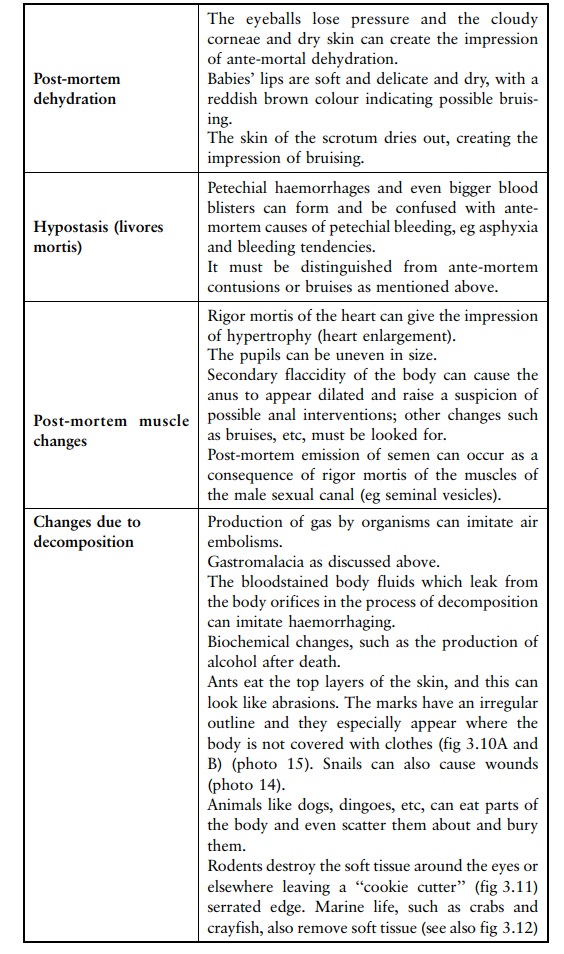
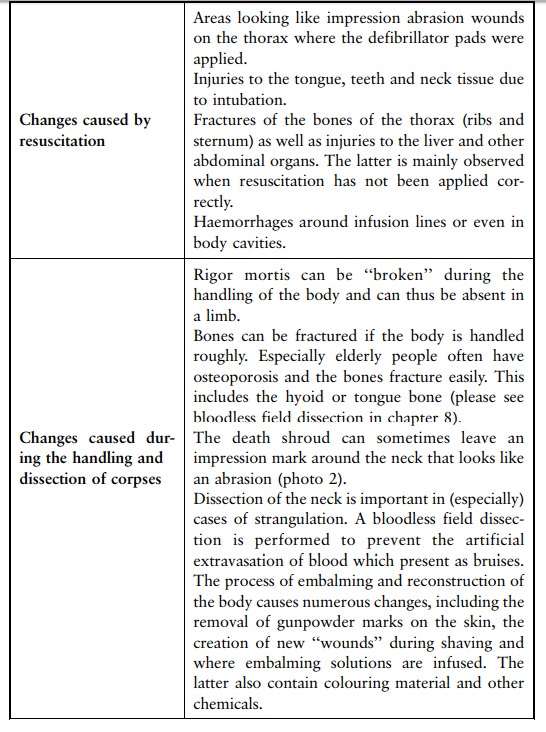
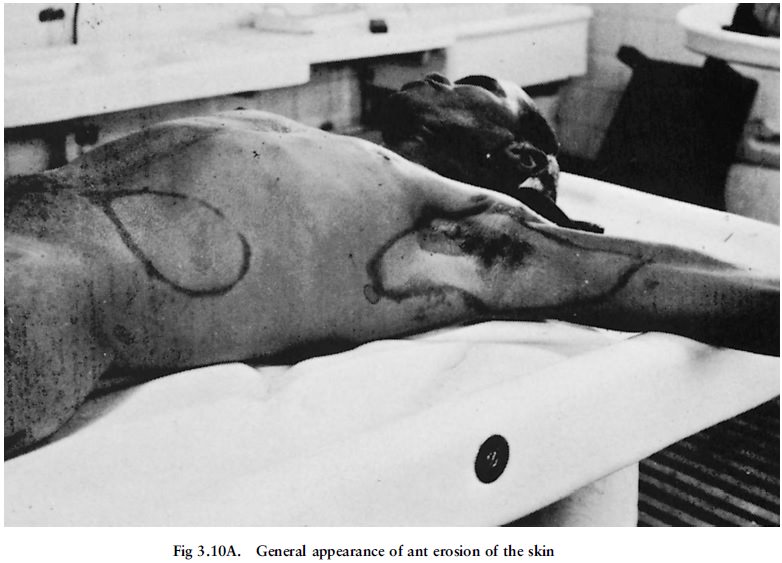
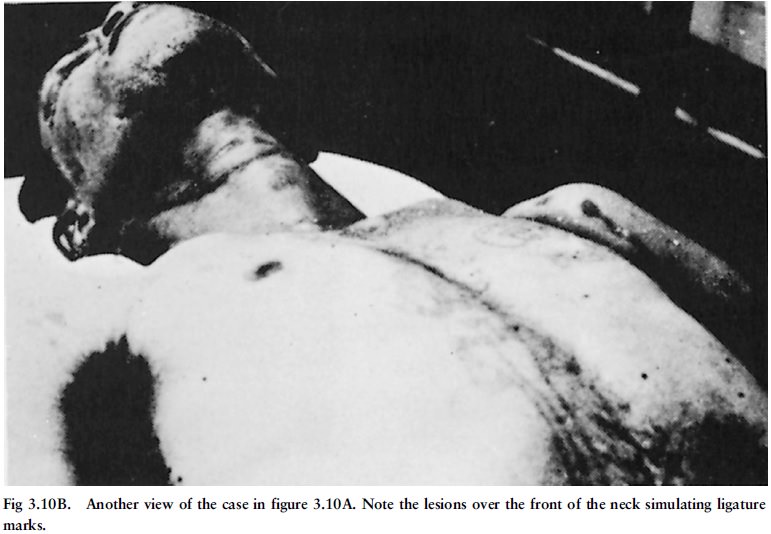
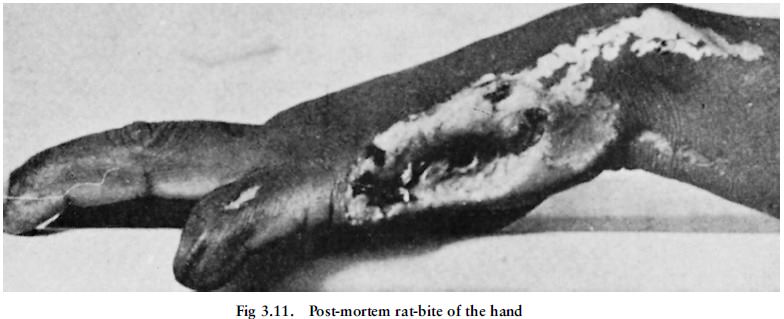
Related Topics